Attention Exporters
GSTIN / PAN and Invoice information in Shipping Bill
♦ Quoting GSTIN in Shipping bill is mandatory, if the export product attracts GST for domestic clearance.
♦ Quoting PAN (Permanent Account Number), which is authorized as Import Export code by DGFT, would suffice if the exporter exclusively deals with products which are either wholly exempt from GST or out of GST regime.
♦ In case of exports by specialized agencies such as United Nations Organization or notified Multilateral Financial Institutions, Embassies and Consulates, the exporter can quote Unique Identity Number, instead of GSTIN, in the Shipping bill.
♦ Without GSTIN or PAN or UIN, the Shipping bill cannot be filed.
♦ The claim for refund of IGST paid or Input Tax Credit on inputs consumed in goods exported cannot be processed without GSTIN and GU Invoice details in Shipping Bill.
♦ Commercial Invoice information should be provided in the Shipping Bill. Wherever Commercial Invoice is different from Tax Invoice, details of both have to be provided in the Shipping Bill.
♦ Taxable value and Tax amount should be mentioned against each item in the Shipping bill for processing the refund amount. Multiple tax invoices issued by same GSTIN holder are allowed in one Shipping bill for the same consignee.
♦ State code is part of GSTIN numbering scheme. However, in the Shipping Bill for the field “State of origin” declare the State code from where export goods originated as it was being done before.
Bond or LUT along with Shipping Bill
♦ As per rule 96A of the Central Goods and Services Tax Rules, 2017, any registered person exporting goods without payment of integrated tax is required to furnish a bond or a Letter of Undertaking (LUT) in FORM GST RFD-11.
♦ The following registered person shall be eligible for submission of Letter of Undertaking in place of a bond: –
(a) a status holder as specified in the Foreign Trade Policy 2015- 2020; or
(b) who has received the due foreign inward remittances amounting to a minimum of 10% of the export turnover, which should not be less than one crore rupees, in the preceding financial year,
and he has not been prosecuted for any offence under the Central Goods and Services Tax Act, 2017 (12 of 2017) or under any of the existing laws in case where the amount of tax evaded exceeds two hundred and fifty lakh rupees (Notification No. 16/2017-Central Tax dated 07th July, 2017 refers).
♦ The bond shall be furnished on non-judicial stamp paper of the value as applicable in the State in which bond is being furnished.
♦ The exporters shall furnish a running bond, in case he is required to furnish a bond, in FORM GST RFD -11. The bond would cover the amount of tax involved in the export based on estimated tax liability as assessed by the exporter himself.
♦ Based on the track record of exporter, a bank guarantee required to be submitted along with the bond may be waived off by the jurisdictional GST Commissioner. The bank guarantee should normally not exceed 15°A) of the bond amount (Circular No. 4/4/2017-GST dated 07th July, 2017 refers).
Drawback
♦ During the transition period of three months i.e. 1.7.2017 to 30.9.2017, composite rates of All Industry Rate (AIR) drawback are available to exporters.
♦ These composite rates are subject to certain conditions during the transition period that ensure that input credit /refund under GST and drawback of composite rates notified are not taken together for the export product.
♦ Exporter has to produce a certificate to the above effect from jurisdictional GST officer to avail composite rate. This requirement is applicable to supplies for export made on or after 1.7.2017, as all exporters are required to operate under GST from that date.
♦ The requirement of certificate is not a new requirement. All registered persons who were exporting under bond or on claim for rebate were producing such certificate prior to 1.7.2017 also.
♦ In case export goods have been cleared from the factory or warehouse etc. prior to 1.7.2017 but let export order has not been given till 30.6.2017, certificate from GST officer is not required. For such goods, only a declaration from exporter or certificate from the then Central Excise officer, as applicable, is required.
♦ In case exporter is unable to produce the requisite certificate for claiming composite AIR at the time of export, then exporter should have the Shipping bill amended to claim lower AIR (Customs portion) at time of export. The exporter can claim balance amount of drawback as supplementary claim when he produces certificate.
♦ Instructions issued to all jurisdictional authorities to ensure smooth clearance of export consignments.
Source- Info graphic Issued by CBEC






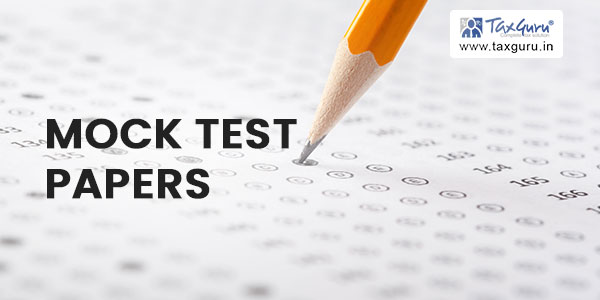







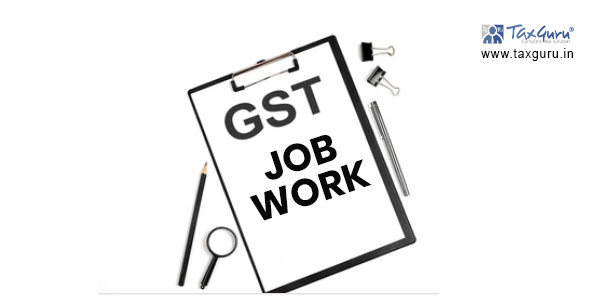

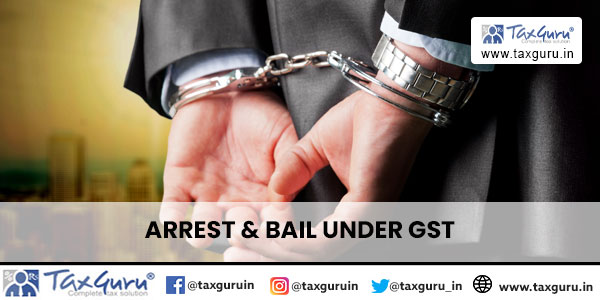
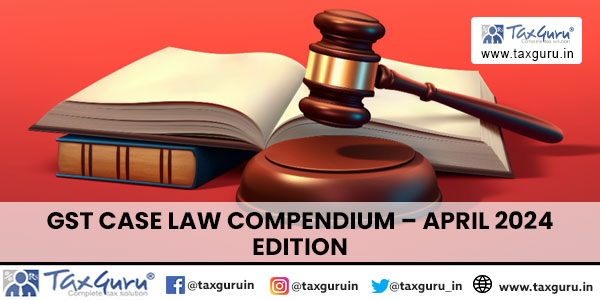

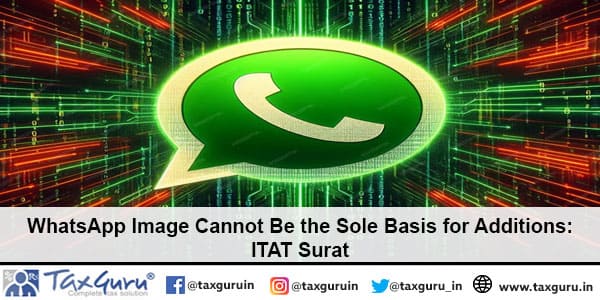
What about input tax credit on Capital Goods.. If export is taxed at 0%.